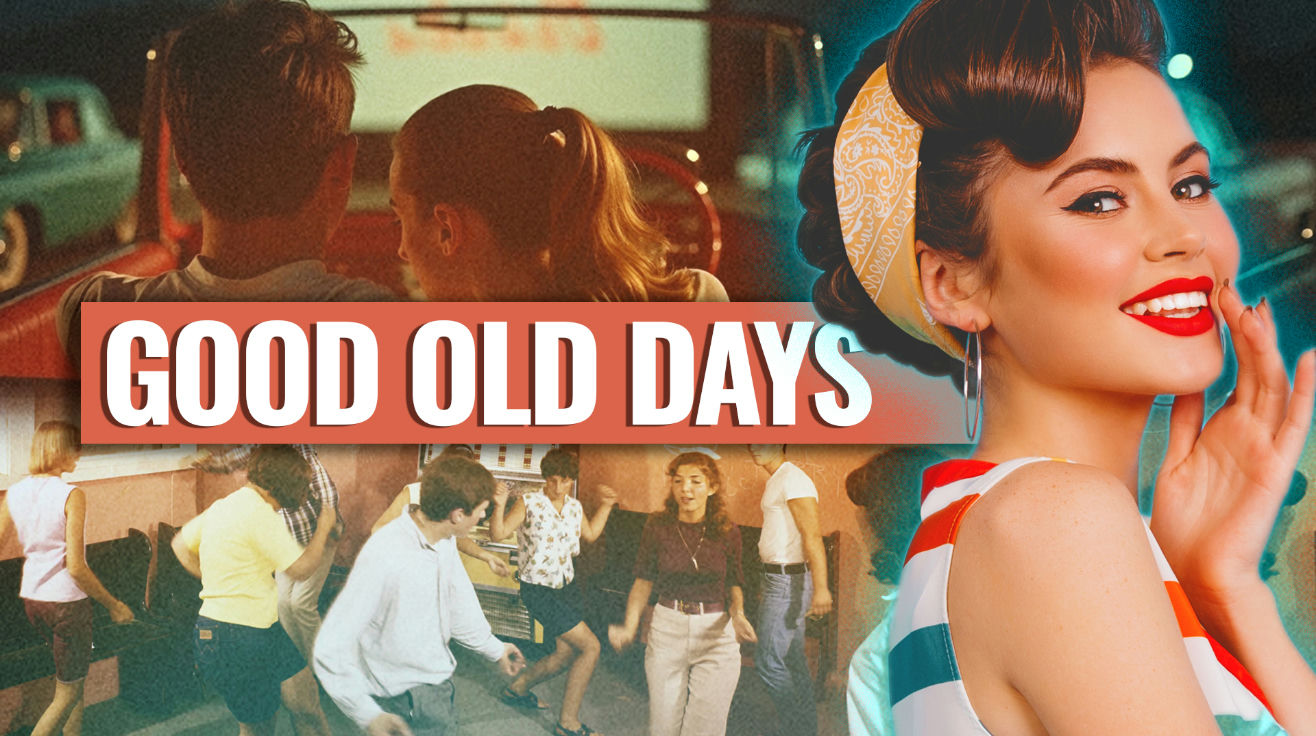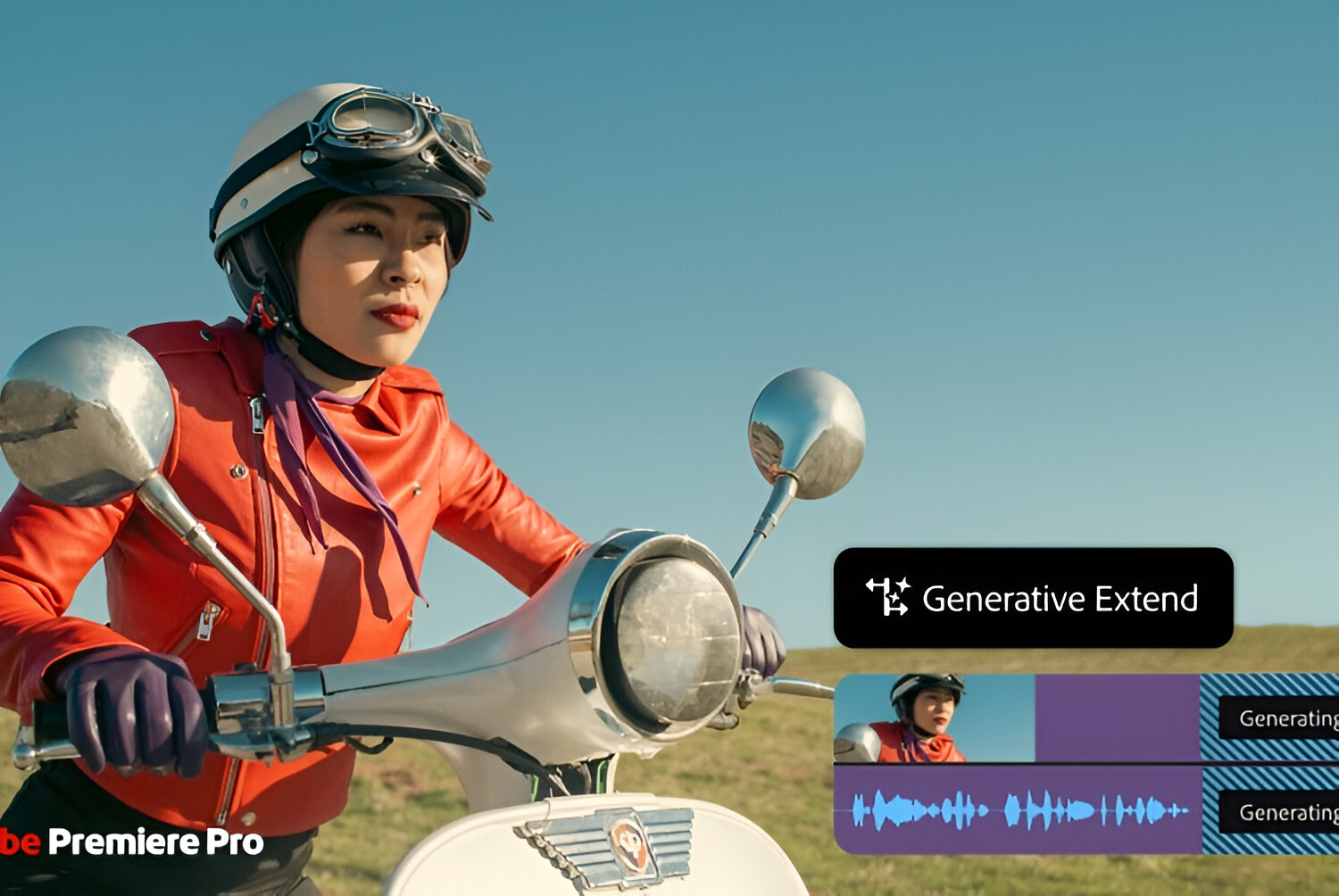What your parents never told you about the 1960s will transform how you see them. This decade wasn’t just about historical events but daily rituals that shaped an entire generation’s mindset. Go-go boots and bell bottoms weren’t mere fashion—they represented rebellion against established norms that still echoes today.
Let’s journey through 20 surprising activities that reveal who your parents really were before they became “mom” and “dad.”
20. Drive-In Movie Nights
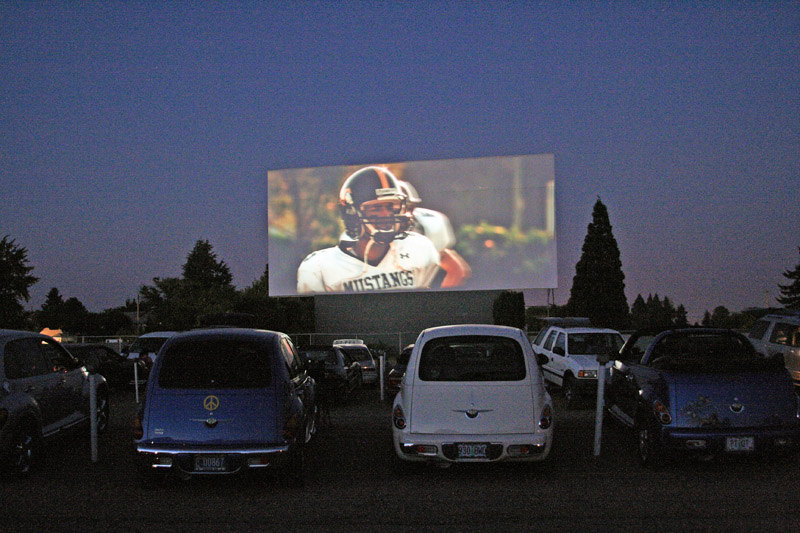
Cars packed beneath starry skies while massive screens flickered to life. Your parents weren’t just watching movies – they were living them. Popcorn aromas mixed with hushed conversations as speakers hooked onto partially open windows.
Some daring kids tried sneaking friends in car trunks. For about a buck per person, families and teens claimed their spots for double features that stretched late into the night. These outdoor theaters boasted screens 30-62 feet wide and could accommodate anywhere from 200-3000 cars. By 1958, over 4,000 drive-ins operated across America, reaching peak popularity as your parents came of age. It didn’t even matter if your 1960s car was hideous.
19. Jukebox Dancing
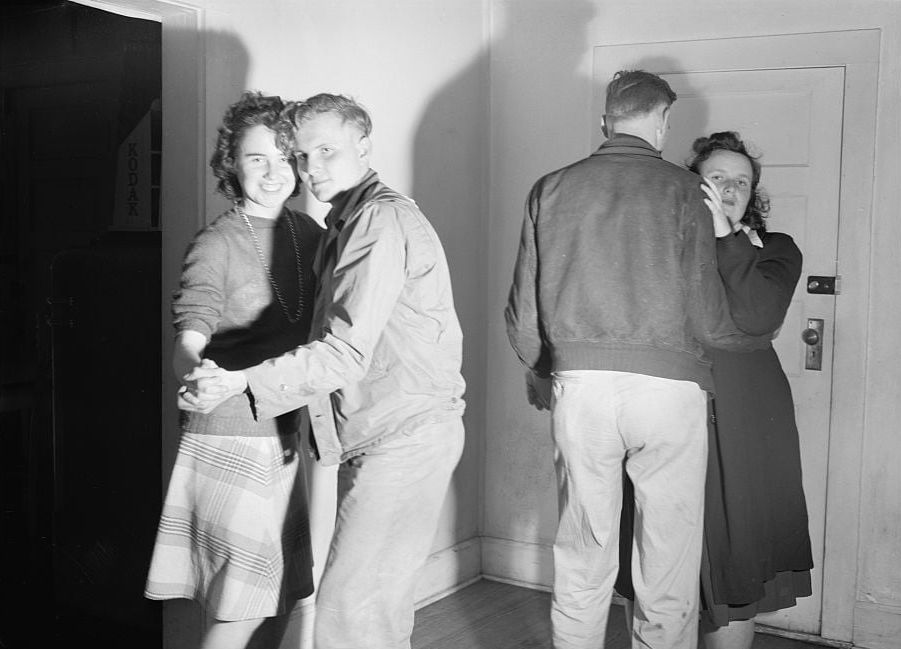
The moment a nickel dropped into a jukebox, diners and soda shops transformed into impromptu dance floors. The Beatles, Elvis, and Chubby Checker unleashed rhythms that made standing still impossible. If you could nail the popular moves, you were instantly the coolest person there.
These colorful machines could hold between 50-100 records (later up to 200 with 45 rpm discs) and featured visible record-changing mechanisms that fascinated onlookers. By 1962, over 750,000 jukeboxes operated across America, each machine costing between $1,000-$1,500 new – a significant investment that paid off in nickels and dimes.
18. Hanging Out at Soda Fountains
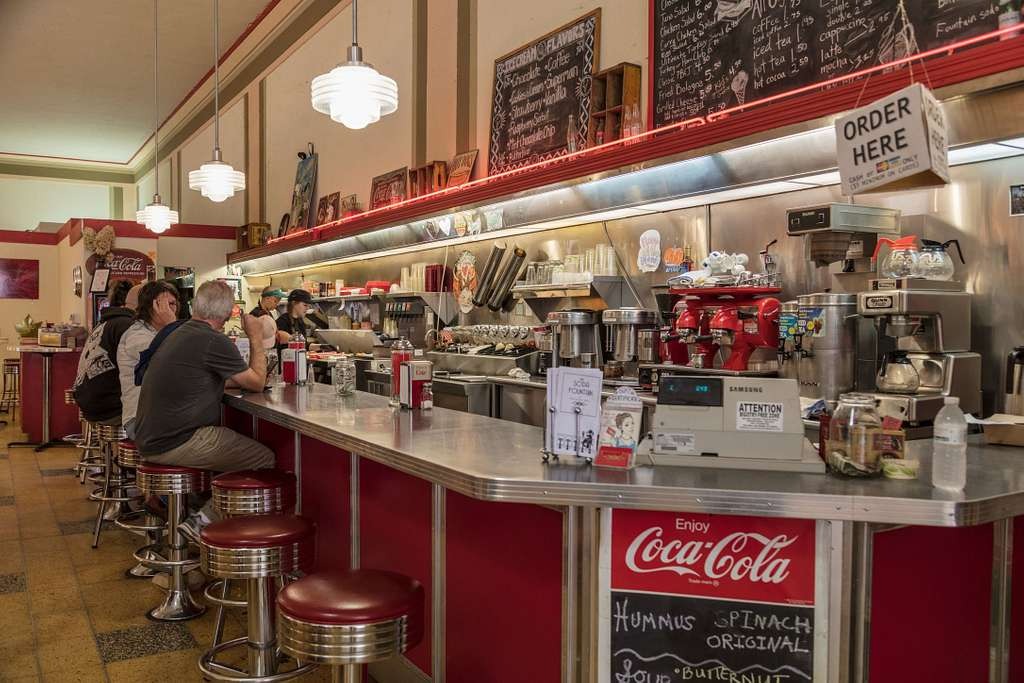
Where could you get root beer floats, cherry Cokes, and banana splits for just 10-25 cents? Soda fountains were teen paradise. These spots fostered vibrant social scenes where gossip flowed as freely as the soda. Soda jerks became local celebrities, mixing drinks with theatrical flair while the constant hum of teenage chatter filled the space.
With counter seating on stools and specialized equipment for dispensing sodas and storing ice cream, these venues often operated in drug stores or dedicated shops. They peaked from the 1940s through early 1960s before fast-food chains began their rise to dominance.
17. Watching The Ed Sullivan Show
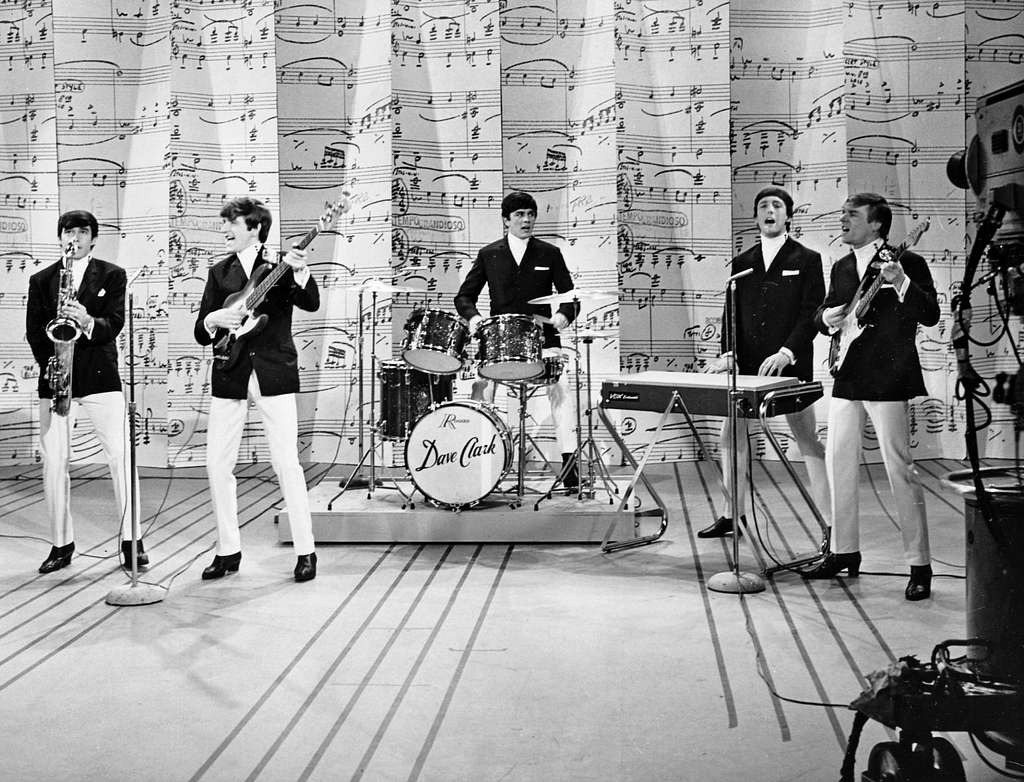
Every Sunday night at 8 PM EST, families nationwide structured their entire evening around one television event. The Ed Sullivan Show united households weekly in a way nothing does today. Seeing The Beatles or Elvis for the first time became an electrifying cultural moment shared by millions.
Running from 1948 to 1971, this variety show format introduced diverse talents to American homes, shaping cultural tastes across generations. The Beatles’ 1964 appearance alone drew 73 million viewers, though the show occasionally sparked controversy by censoring elements of the emerging counterculture movement.
16. Listening to Vinyl Records
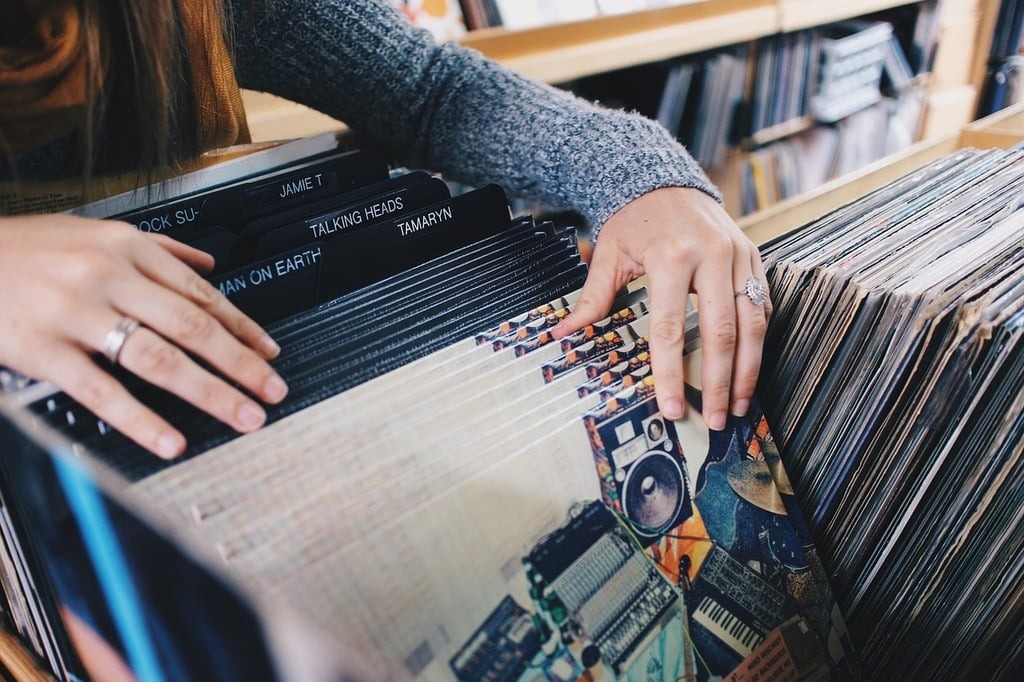
Music wasn’t something your parents streamed – it was a tactile experience they participated in completely. The ritual began with selecting an album, carefully removing it from its sleeve, and placing it on the turntable.
That moment when the needle touched vinyl, followed by warm static crackle? Pure anticipation. Simon & Garfunkel, The Rolling Stones, and The Supremes spun regularly in their rooms. At about $3-5 per album, each purchase mattered. These 12-inch LPs (33 1/3 rpm) or 7-inch singles (45 rpm) offered about 22 minutes of play per side for LPs and dominated music from the 1950s through the 1970s despite being vulnerable to scratches and warping.
15. Wearing Go-Go Boots
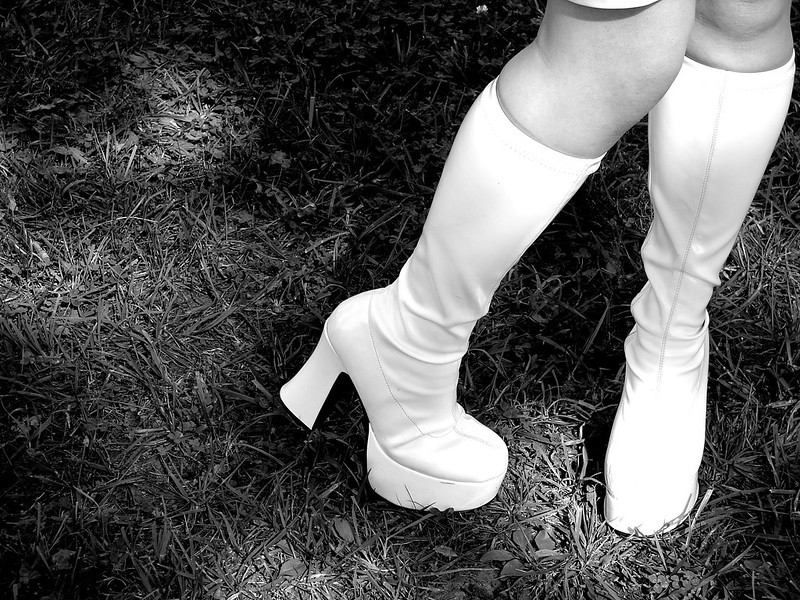
Fashion statements didn’t get bolder than the knee-high white boots that stormed the 60s scene. Paired with mini skirts, go-go boots created an instantly recognizable silhouette that your mom probably rocked while making herself the coolest person at any gathering.
Often crafted from vinyl, leather, or plastic with 1-2 inch block heels, these iconic boots were popularized by designer André Courrèges in 1964. Original designer versions could cost $50-$100 – a significant investment for fashion-forward women embracing the mod style that defined their generation’s rebellion through clothing.
14. Watching the Moon Landing on TV
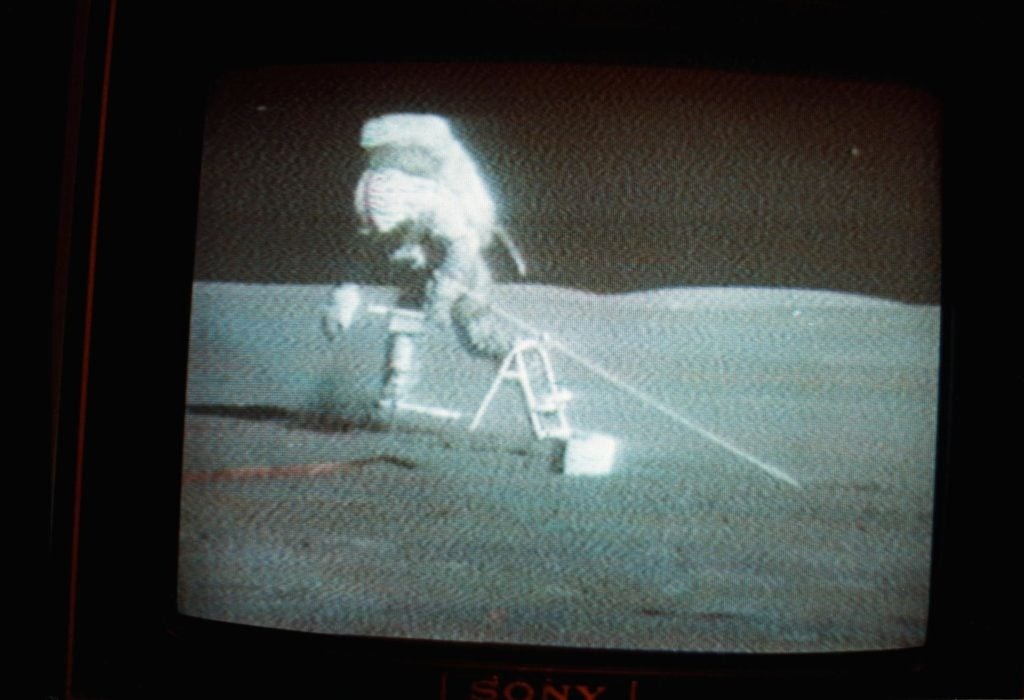
July 20, 1969 found families across the globe huddled around grainy black-and-white TVs, witnessing humanity’s collective giant leap. Neil Armstrong’s “one small step” echoed through living rooms, creating a shared moment of wonder that transcended borders and politics.
An estimated 650 million viewers worldwide tuned in for this historic broadcast, making it one of the most-watched television events ever recorded. The coverage stretched over 30 hours on major networks despite technical limitations. This technological feat sparked widespread interest in space exploration and science among your parents’ generation.
13. Wearing Bell Bottoms
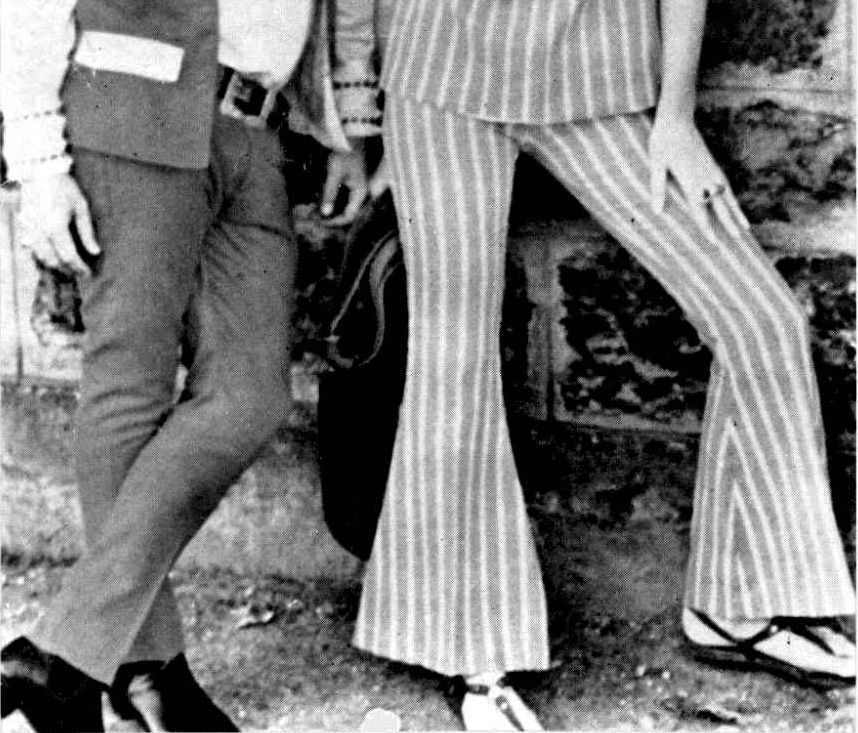
Nothing says “1960s fashion” quite like pants that dramatically flared from the knee down. Bell bottoms defined late 60s style when paired with tight t-shirts or flowy tops, creating the iconic silhouette of counterculture movement and mainstream fashion alike.
With flares reaching 18-26 inches at the ankle and typically high-waisted designs, these trousers made from denim, polyester, or other fabrics gained popularity in the mid-1960s before peaking in the early 1970s. The unique design wasn’t just about looks – it suited dancing and music festivals perfectly, allowing for expression through movement and style simultaneously.
12. Participating in Peace Protests
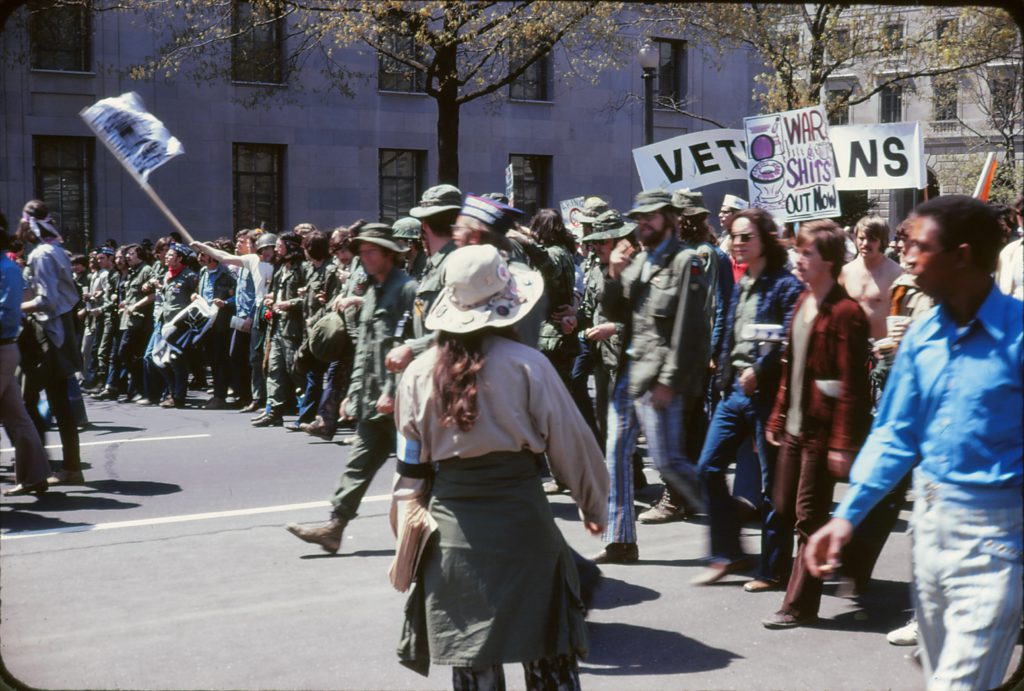
Activism physically embodied through marching against the Vietnam War created powerful bonds among participants during this turbulent era. Large-scale public demonstrations utilized slogans, songs, and symbols like the peace sign while employing diverse tactics including marches, sit-ins, and teach-ins.
The movement peaked between 1965-1973, mobilizing millions of Americans (especially youth) who leveraged media coverage to spread their message. Despite facing government surveillance and sometimes violent suppression, these protests significantly influenced public opinion and contributed to policy changes leading to eventual U.S. withdrawal from Vietnam.
11. Hosting Tupperware Parties
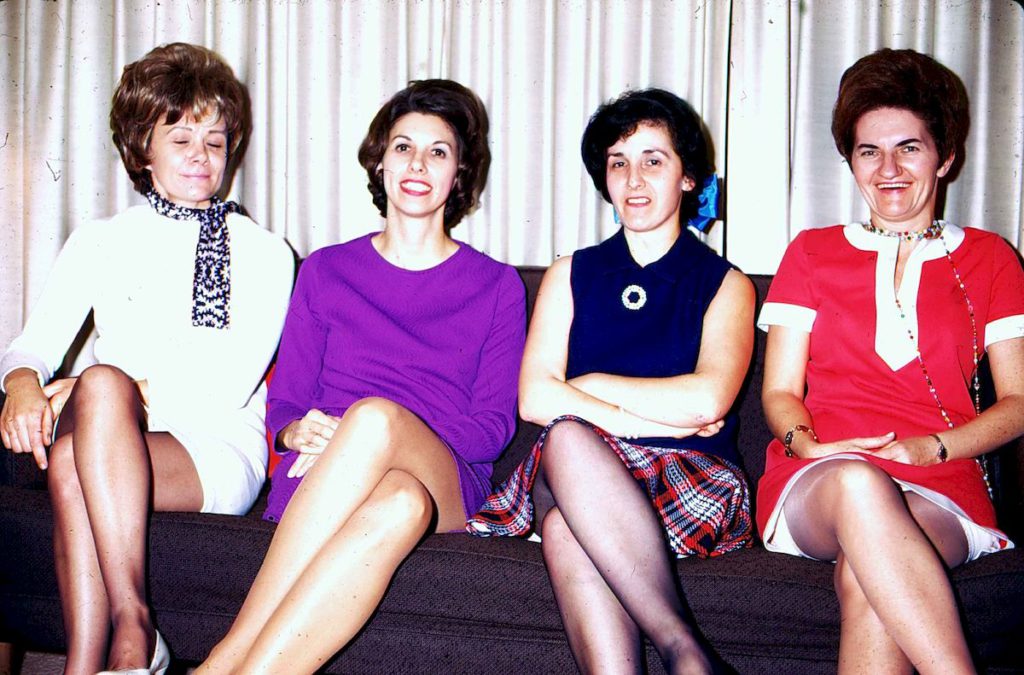
The plastic revolution entered American homes through social gatherings where women invited friends and neighbors to view colorful products while enjoying each other’s company. Over 70% of households owned Tupperware largely thanks to these parties that provided women with genuine financial opportunities – hosts earned up to 35% commission on sales.
By 1960, over 200,000 Tupperware parties happened weekly across America with average party sales of $25-$50. In an era with limited economic options for women, these gatherings fostered both entrepreneurship and community while introducing innovative storage solutions that would become household staples.
10. Smoking Indoors

Cigarettes went everywhere your parents did – restaurants, workplaces, family gatherings – with no restrictions in sight. Lighting up inside was completely normal, with ashtrays as standard fixtures in every home, office, and public space. Offering someone a smoke represented standard social etiquette.
Even after the Surgeon General’s 1964 report linked smoking to health problems, the habit continued largely unchanged. U.S. cigarette consumption peaked in 1963 at a staggering 523 billion cigarettes while packs cost just 25-35 cents. The concept of “smoke-free zones” simply didn’t exist until social acceptance began its gradual decline from the late 1960s onward.
9. Using Rotary Phones
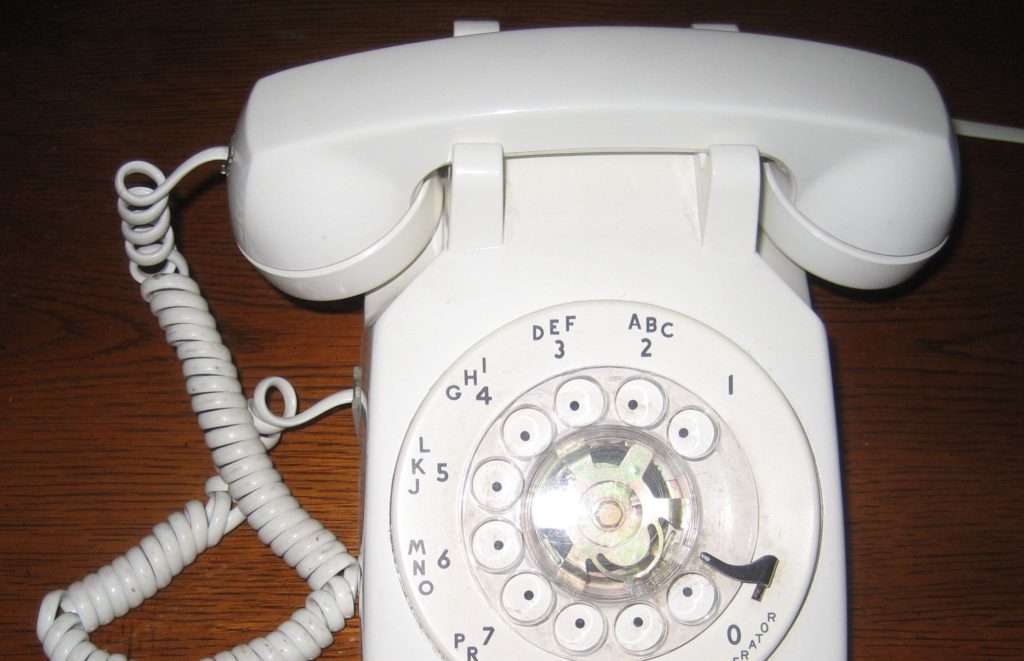
Communication required physical effort when every call meant rotating a dial for each digit, then waiting for it to spin back before continuing. No caller ID meant every ring brought mystery, while conversations demanded planning since you remained tethered to a coiled cord.
These durable devices crafted from heavy-duty plastic or metal were standard household items from the 1920s through 1980s. Typical cost in the 1960s ranged from $15-$35 to purchase, though many families rented their phones from the company rather than buying them outright.
8. Collecting S&H Green Stamps
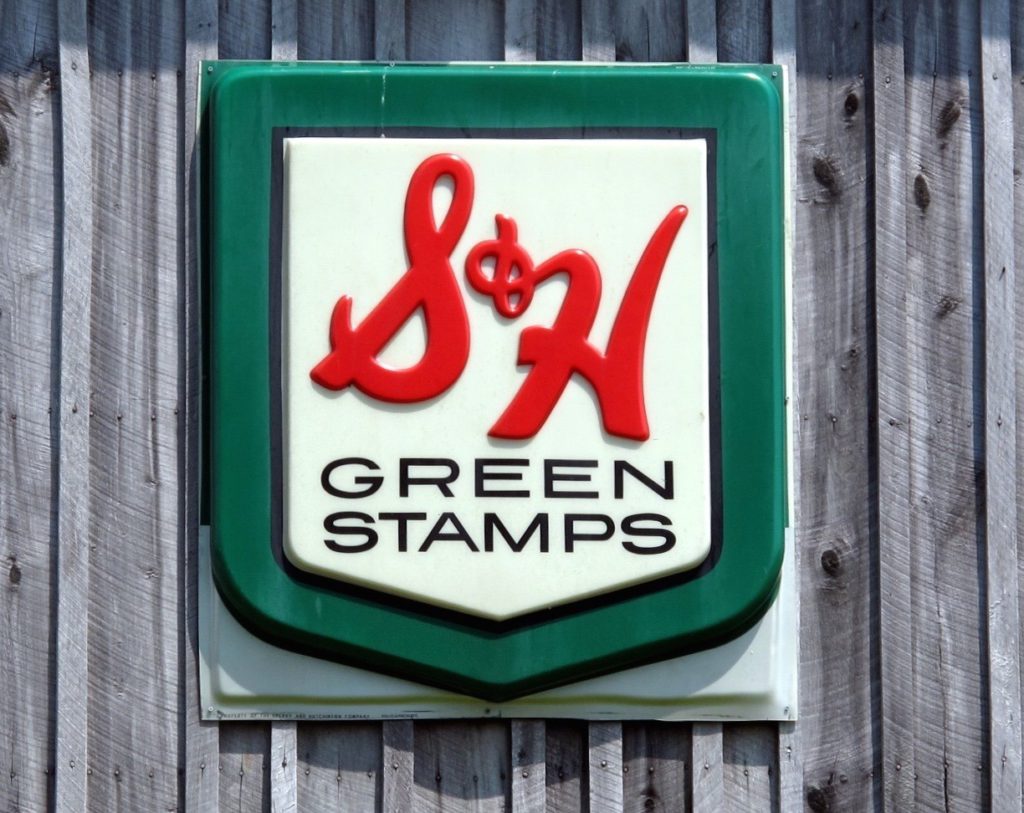
Shopping produced more than just products when tiny green stamps came with purchases at participating stores. Families diligently saved these S&H Green Stamps, carefully pasting them into booklets for later redemption. The program operated from 1896 to the late 20th century, reaching peak popularity in the 1960s when 80% of U.S. households actively participated.
A filled book containing 1200 stamps was worth about $3 in redemption value – enough incentive to transform routine shopping into a constant treasure hunt that united family members in collective saving toward shared goals.
7. Driving Muscle Cars
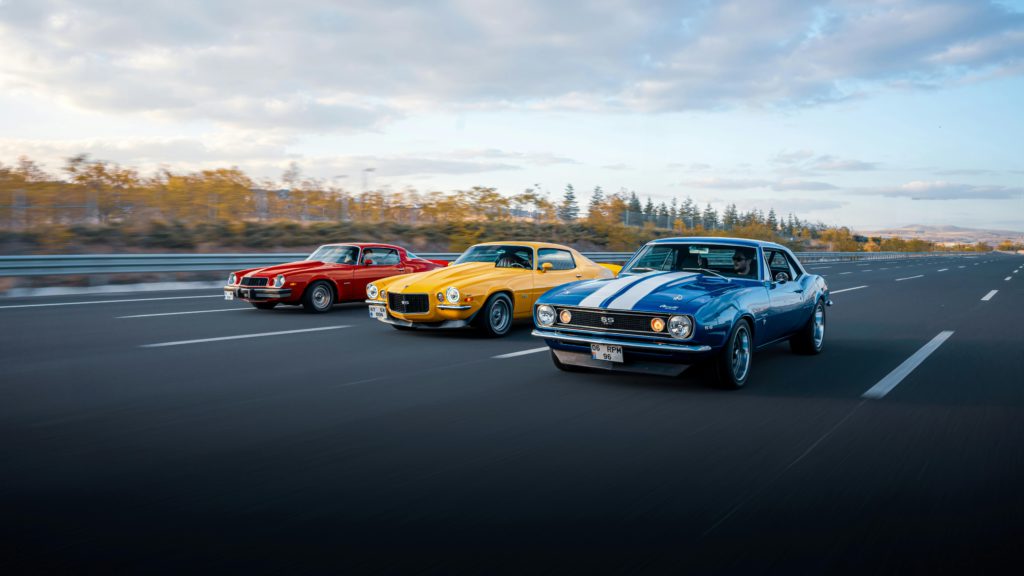
The highways thundered with Ford Mustangs, Chevy Camaros, and Pontiac GTOs during the golden age of American automotive power. These weren’t just vehicles – they embodied raw strength and freedom through aggressive styling and performance. High-performance V8 engines delivering 300-450 horsepower gave these two-door coupes thrilling acceleration that emphasized straight-line speed over handling.
New muscle cars in the 1960s typically cost $2,500-$4,500 – relatively affordable compared to imported sports cars. Their popularity peaked from the mid-1960s to early 1970s, permanently influencing American car culture and inspiring countless films, songs, and automotive dreams.
6. Joining a Commune
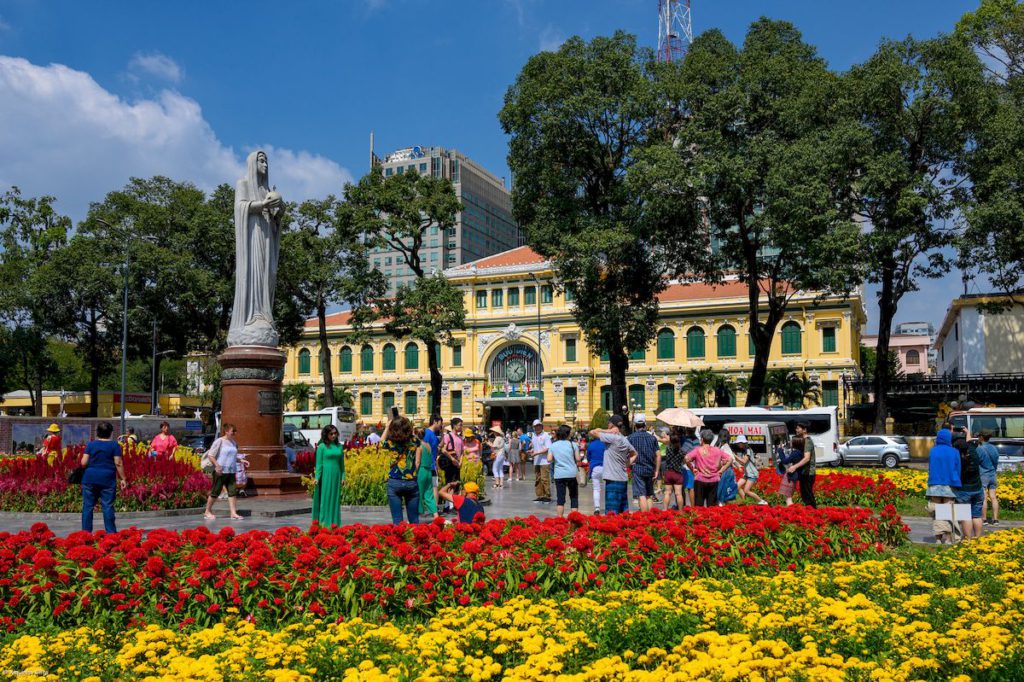
Alternative living took concrete form when some of your parents’ generation rejected mainstream society entirely for collective arrangements. These intentional communities fostered shared responsibilities and resources among members, guided by ideals of peace, harmony, and unity.
Self-sufficiency through gardens and communal meals became central practice in these primarily rural locations, though some operated in urban settings. Community sizes varied from a dozen to hundreds of members. The movement reached its height in the late 1960s to early 1970s with an estimated 2,000 rural communes across America by 1970.
5. Using Typewriters

Before digital documents existed, writing meant mechanical interaction with machines that demanded physical effort for every letter. Each keystroke required definite force and focus on typewriters where errors became permanent or needed messy correction fluid. The rhythmic clacking of keys offered tactile satisfaction entirely absent from today’s silent keyboards.
These devices featured the familiar QWERTY layout and used inked ribbons to print characters onto paper. Typical cost in the 1960s ranged from $50-$200 for manual models and $200-$500 for electric versions, making them significant investments for homes and essential tools for offices.
4. Sending Handwritten Letters
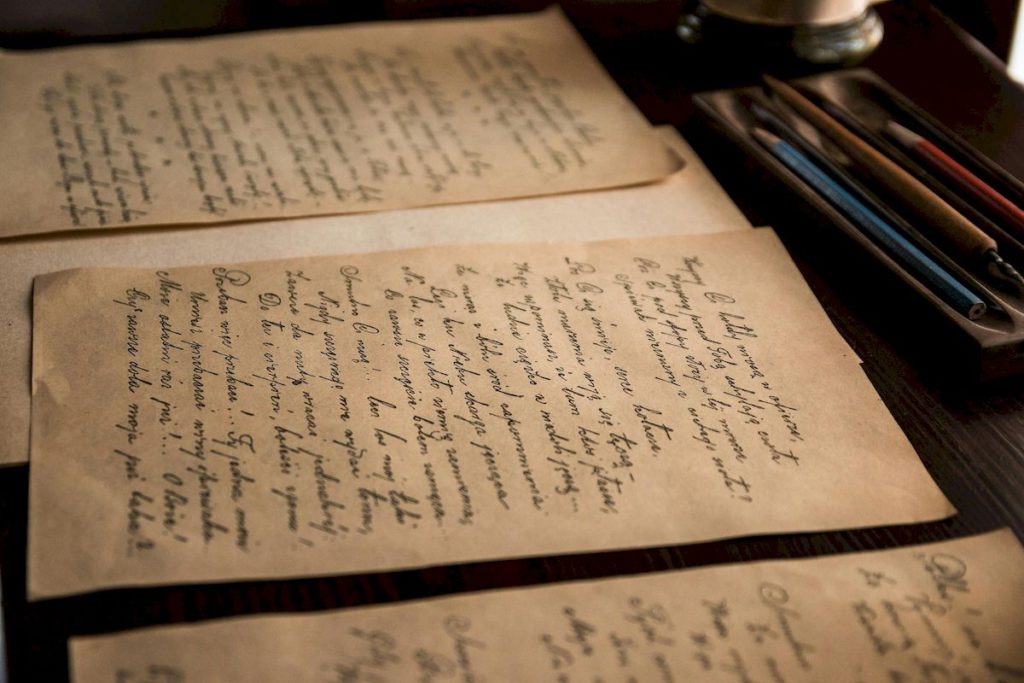
Personal communication traveled slowly but meaningfully when people connected through ink on paper. Handwritten letters created bonds across distances with personality and care that electronic methods can’t replicate. Selecting stationery became an expression of individual style while the anticipation of waiting for replies built daily.
These messages often included personal touches like perfume or pressed flowers, creating tangible keepsakes saved for years. A first-class stamp in 1960 cost just 4 cents, making letter-writing affordable despite being slower than phone calls.
3. Making Jello-O Molds
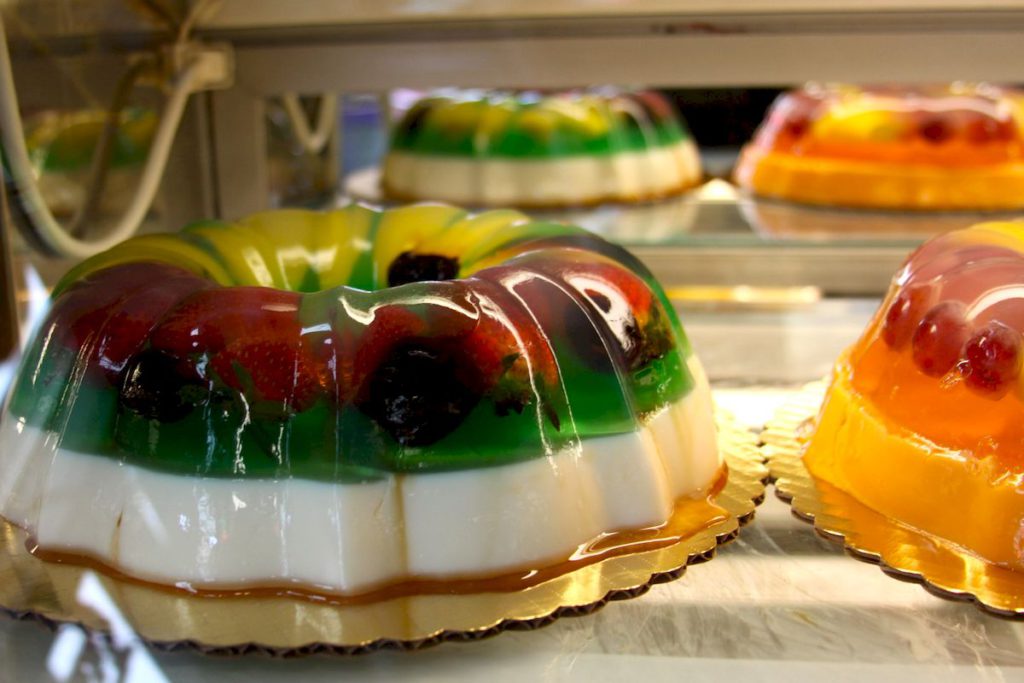
Dinner tables featured wobbly, colorful sculptures that transformed simple ingredients into conversation pieces. Creating Jell-O molds meant carefully layering flavors and often suspending fruit or marshmallows inside gelatin that required several hours in the refrigerator to set properly.
Successfully unmolding an intact creation brought genuine pride to home cooks. These visually striking desserts required no baking – just patience and creativity. At about 10 cents per box of Jell-O brand gelatin in the 1960s, they provided affordable ways to impress guests at potlucks and dinner parties across America.
2. Wearing Tie-Dye Shirts

Psychedelic swirls of color weren’t mass-produced but personally created when your parents embraced tie-dye as wearable art. No two shirts ever matched exactly, making each a unique expression of individuality. Wearing these vibrant creations to concerts and protests declared one’s counter-cultural values without speaking a word.
The process itself fostered community as friends gathered to dye shirts together using bright, multi-colored designs on cotton fabrics. Gaining popularity in the mid-1960s, tie-dye became strongly associated with hippie culture while symbolizing creative freedom during an era of personal exploration and rebellion.
1. Going to Sock Hops
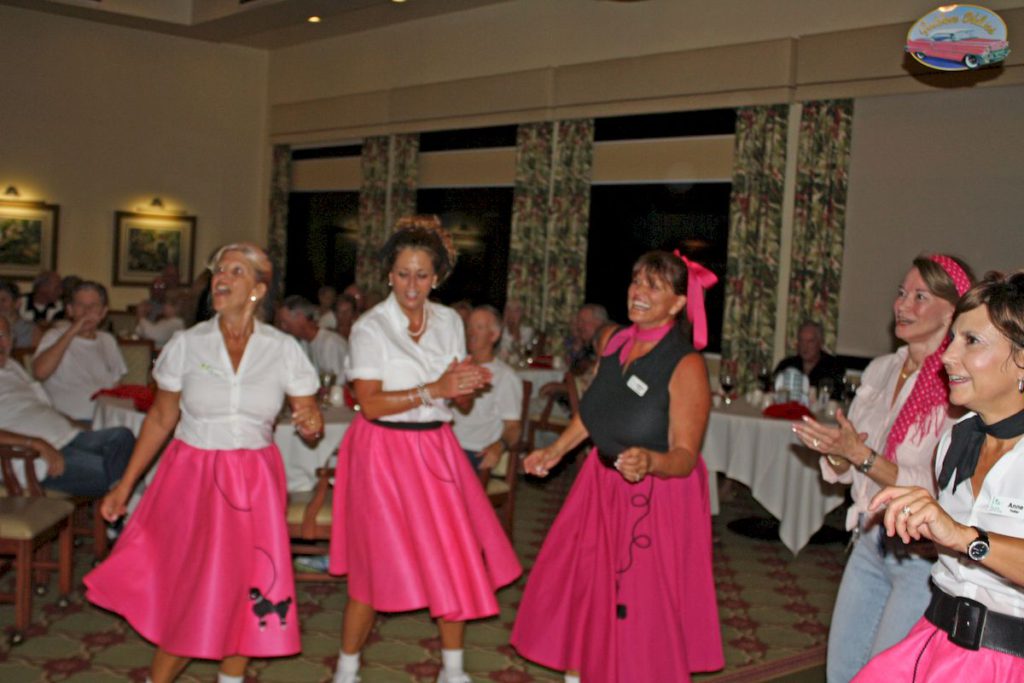
High school gymnasiums transformed into dance halls where teens literally kicked off their shoes to protect polished floors. The name “sock hop” came from dancing in socks instead of potentially damaging street footwear. For about 50 cents admission, students enjoyed popular records spun by live DJs in a casual atmosphere that fostered carefree movement and social bonding.
Friends gathered to see crushes, show off dance moves, and celebrate youth without today’s structured dance formats. These simple events created the school memories your parents likely still reminisce about decades later

